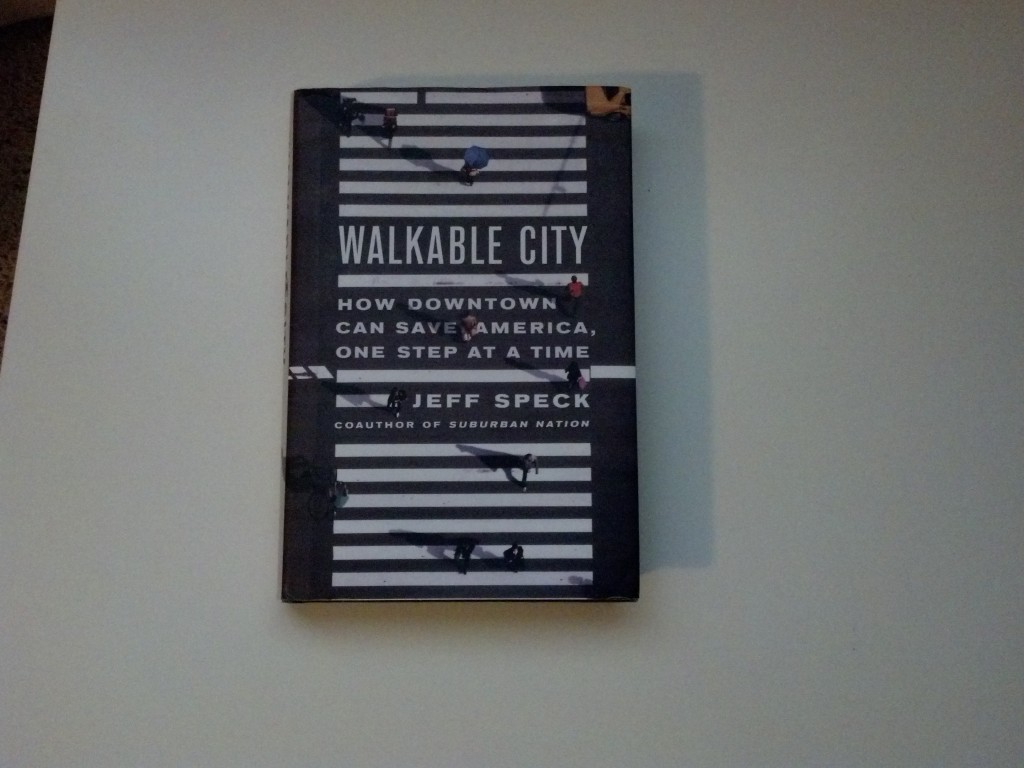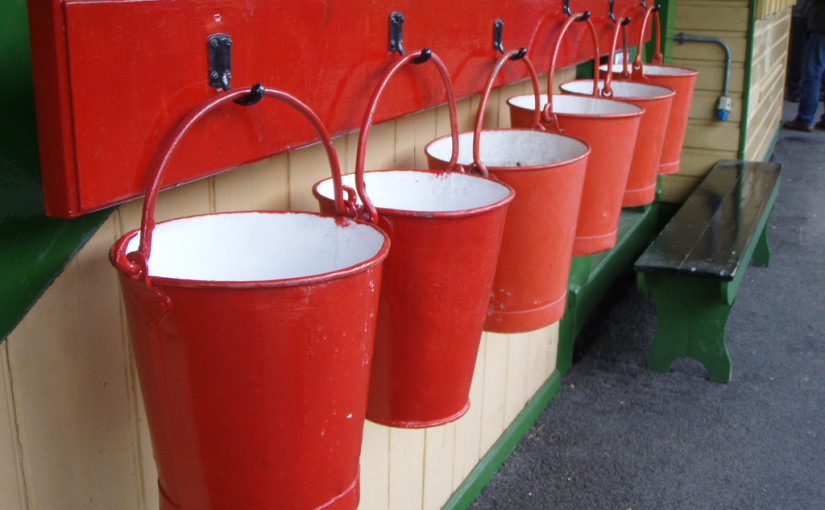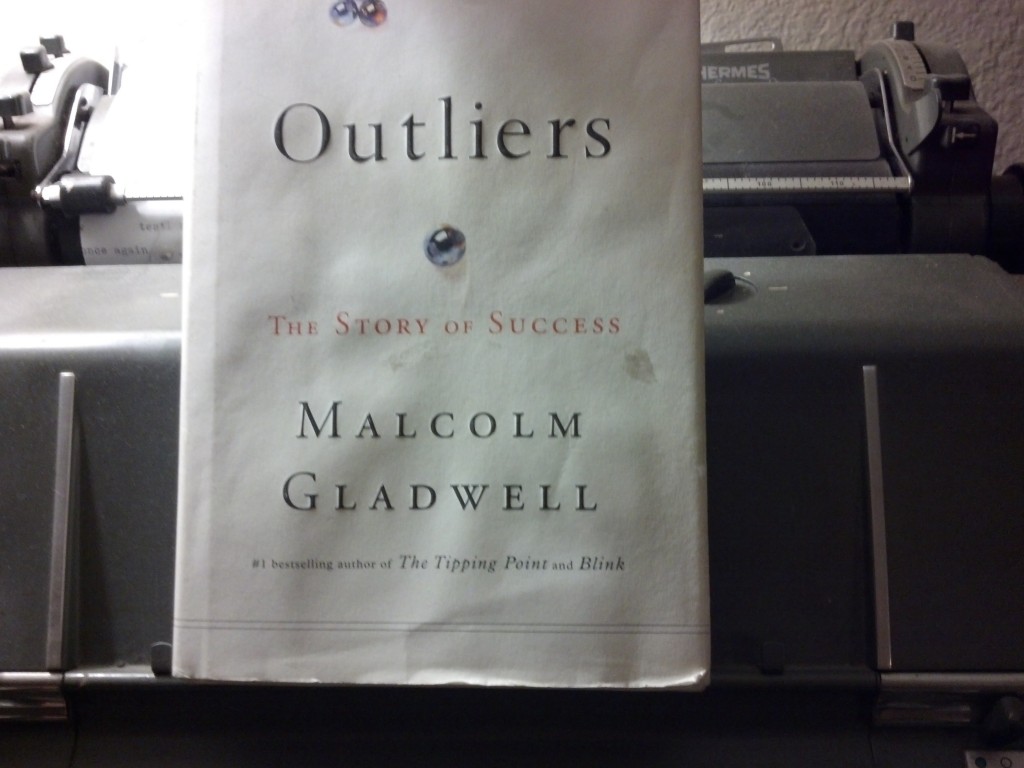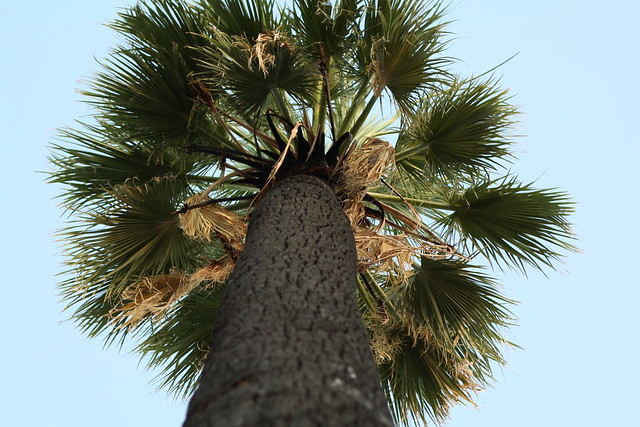
In the past decade I’ve studied in the Spanish beach town of Alicante; backpacked through Dublin, Aberdeen, London, Amsterdam and Prague; crashed on a couch for two months in Boulder; taught English in Koga, Japan – on the outskirts of Tokyo; freelanced in Santiago, Chile; and visited friends and family in San Diego, New York and San Francisco.
What’s the common denominator?
The void I feel every time I come back to Phoenix.
That sounds harsh, but don’t take it personally.
The Valley is my home and has many assets – my family and friends are here, I have a great job, the weather is nice, cost of living is pretty manageable, Spring Training and convenient outdoor recreation – but Phoenix still pales in comparison to the excitement I find in many of those other cities.
Often, I struggled to grasp why I felt such a void in Phoenix. I even felt guilty for always getting the travel bug, and not being able to find the excitement, culture and lifestyle I had enjoyed elsewhere.
Why should things be so different back home? Am I being lazy? Maybe the familiar setting is making too comfortable?
I worried that I was being unfair or jaded toward my hometown.
But then, I heard city planner Jeff Speck interviewed on NPR’s Fresh Air, talking about his book “Walkable City” and, specifically, the four factors that make a city walkable: to be favored, a walk must be useful, safe, comfortable and interesting.
- Useful: Most aspects of daily life are located nearby and organized in a way that walking serves them well.
- Safe: Streets are designed so pedestrians are protected from being hit by automobiles.
- (“pedestrian vs automobile” is a recurring and important theme; if you want to be dramatic, we can call it “man vs machine”)
- Comfortable: Buildings and landscapes shape urban streets into well-defined, cozy outdoor living rooms, rather than wide-open spaces.
- Interesting: Sidewalks are lined by unique buildings with friendly faces. Signs of humanity abound.
I bought the book and tore through it – taking notes, nodding my head and exclaiming “A ha!” (silently, to myself) at many points along the way.
Continue reading Book Review: Walkable City




